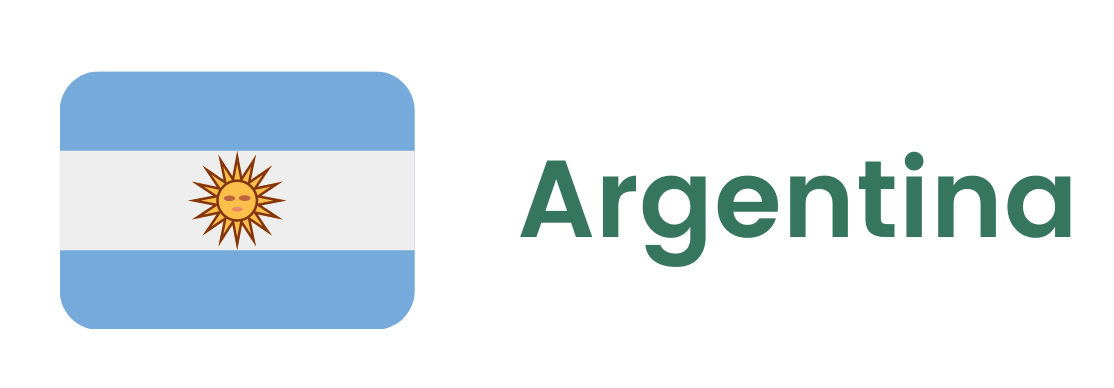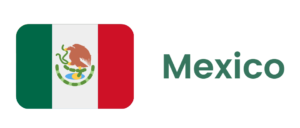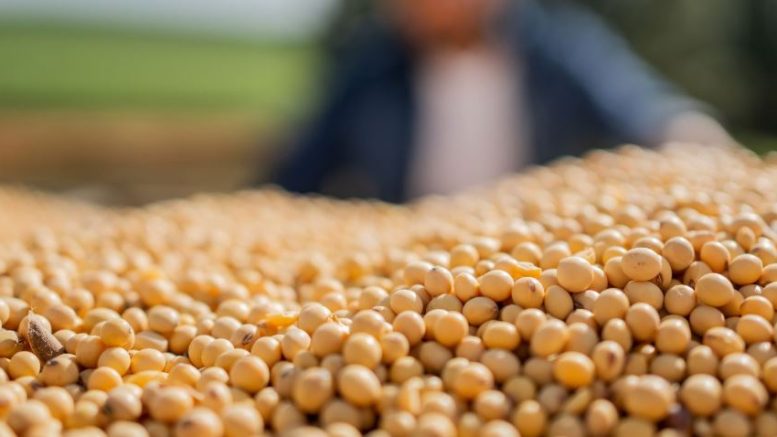Record Grain Production Forecast for Argentina in 2025/26

Argentina’s grain production is expected to reach a record 142.6 million tonnes in 2025/26, up 8.9% from the previous season, led by corn (58 million tonnes, +18.4%) and sunflower (5.8 million, +16%). Soybean production is projected to decline 3.6% to 48.5 million tonnes due to reduced planted area. Additionally, peanut planted area hit a record 532,991 hectares (+23%), with production forecasted at 1.81 million tonnes (+22%) for 2024/25. (BCR; Senasa)

Sugar production in the Center-South region in the 1H of September reached 3.62 million tonnes (+15.72 % year-on-year). The share of sugarcane allocated to sugar production dropped to 53.5 %, indicating stronger competitiveness of ethanol. (Unica)
Bankruptcy protection (similar to US’ chapter 11) requests in agribusiness reached 565 in the 2Q25, a 31.7 % increase. Corporate farmers surpassed individual farmers for the first time since 2023. (Serasa Experian)
Second corn harvest reached 99.6 % of the planted area with output exceeding 138 million tonnes. Corn ethanol plants have played a critical role in sustaining domestic prices despite high supply. (Conab)
Brazil’s 2025/26 soybean harvest was estimated at a record 178.6 million tonnes. The more than 5% increase over the previous season reflects expectations of larger planted area and favorable early weather for sowing. (StoneX)
SLC Agrícola launched the largest carbon measurement project in Brazilian agribusiness, covering 736,000 hectares across 23 farms. Developed with Fluere, the system recorded capture of more than 500,000 tonnes of CO₂ in 2024 through regenerative practices. The company aims to reach carbon neutrality by 2030. (SLC Agrícola)
Brazilian coffee exports in 2025 at 40 to 41 million 60-kg bags, about 20% below the 2024 record (50.58 million). Lower stocks, smaller harvests and U.S. tariffs are constraining shipments. (Cecafé)
Embrapa concluded in the city of São Paulo the Dialogues for the Climate series ahead of COP30. The event gathered experts, government and private sector to discuss climate change impacts on the Atlantic Forest and sustainable farming practices. Findings will be compiled into a document to be delivered to the COP30 presidency in October. (Embrapa)
Administrative Council for Economic Defense approved Cargill’s acquisition of Mig-Plus, an animal nutrition manufacturer in the State of Rio Grande do Sul. The multinational now controls two plants producing feed and supplements for swine, ruminants and other species, strengthening its presence in a key livestock region. (Cade; Cargill)
The Agribusiness Parliamentary Front – FPA secured a postponement of the vote on Provisional Measure 1303/2025, which proposes a 7.5% tax on returns from Agribusiness Credit Bills (LCA), a key financial instrument for rural credit. Following pressure from the sector, the rapporteur admitted revising the proposal, with the possibility of lowering the rate to below 5% or even suspending the taxation entirely. FPA argues the levy could increase the cost of agricultural financing and harm small and medium-sized farmers. (FPA)


Chile’s blueberry industry launched the 2025/26 season during the “Blueberry Day 2025” in Ñuble. The sector is focusing on new varieties, market diversification and improved quality to face stronger international competition. (Chilean Blueberry Committee)

Colombia’s coffee exports surpassed US$ 5.4 billion in the past 12 months, a historic record. The country produced 14.79 million 60-kg bags, up 18% from the previous year. (FNC)
From January to August Colombia shipped 3,355 refrigerated containers of Tahiti lime, an increase of 6.2 % over 2024. The USA accounted for 2,615 containers. (Grupo Puerto de Cartagena)
From January to July Colombia exported 176,357 live cattle, 23,755 tonnes of meat and offal and 7,320 tonnes of dairy. August had the highest live shipments of the year. (Fedegán)

The Government revised minimum export prices for fresh tomatoes. Cherry tomatoes remain at US$ 1.50/kg; round tomatoes range from US$ 0.95/kg (with stem) to US$ 1.65/kg (with stem), or US$ 1.70/kg (in cluster). The measure aims to protect farmers in light of the end of the U.S. antidumping agreement. (Sader)


JBS announced a US$ 70 million investment in its Pollos Amanecer poultry facility in Paraguay. After upgrades, the unit will process 100,000 birds per day and include 28 farms, hatcheries and a feed mill, with export goals. (JBS)

Ministry of Agriculture launched the AgroDigital application, which will benefit 400,000 coffee and cocoa farmers. The tool will provide access to geolocation, satellite monitoring, price consultation and certifications, strengthening the competitiveness of value chains. (Midagri)
Peru has been designated as the host country of the Fontagro presidency, a regional co-financing fund created in 1998 that supports agricultural research, development and innovation in Latin America and the Caribbean, following a decision announced during a meeting in Buenos Aires. The measure strengthens the country’s role in the regional agenda for agricultural innovation and sustainability. (Midagri)

In the first nine months of 2025, Uruguay exported 396,558 tonnes of beef, an 8.2% increase year-on-year, generating US$ 1.96 billion (+30%). The average export price reached US$ 4,950/t (+20.2%). China continued to be the top destination with 142,034 tonnes, followed by the US (132,871 tonnes) and the EU (54,032 tonnes). (INAC)
Despite a historic drop in flock size (-11.2% to 4.75 million head), Uruguay’s wool sector is booming amid record prices and rising demand, particularly from China. Certified “Merino” wool is selling for US$ 7/kg and analysts foresee the most significant production in decades. Mutton prices are 41% higher than last year. (SUL)
There is a 54% to 60% chance of La Niña developing from December of 2025 to February of 2026, causing higher temperatures and scarce rainfall. La Niña could extend drought conditions until April and reduce yields, repeating the severe losses from 2020–2022. (NOAA)

READ MORE:

